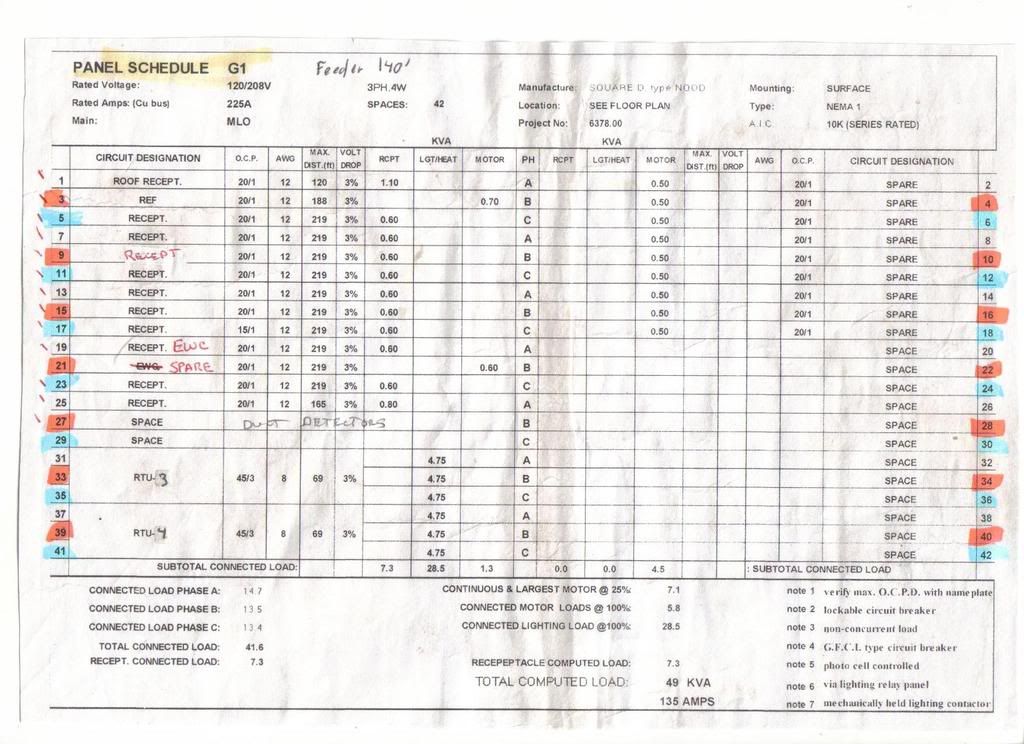I apologize if this is not the correct forum for this question and would appreciate some guidance which forum would be more appropriate if this is not the right one.
This question relates to how to determine the voltage drop at non-dedicated receptacle outlets during an inspection at non-residential installations.
I know that NEC voltage drop requirements in the FPNs of 210.19(A)(1) and 215.2(A)(3) are not enforceable but there are some state building codes, such as in Florida, where the voltage drop requirements are included as part of the Energy Efficiency section of the Building Code and therefore are enforceable. For branch circuits the requirement states ?Branch Circuit conductors shall be sized for a maximum voltage drop of 3% at design load.?
The key term is ?design load.? Consider a branch circuit with 10 non-dedicated receptacles spaced arbitrarily. The design load would be 180 VA for each receptacle. Is there a way to determine the max voltage drop other than simultaneously loading every one of the ten receptacles with 180 VA and then measuring the voltage drop at the furthest one? This way strikes me as awfully clumsy.
Any suggestions from you folks in Florida or other states who need to deal with this would be greatly appreciated.
Thanks,
Heinz R.
This question relates to how to determine the voltage drop at non-dedicated receptacle outlets during an inspection at non-residential installations.
I know that NEC voltage drop requirements in the FPNs of 210.19(A)(1) and 215.2(A)(3) are not enforceable but there are some state building codes, such as in Florida, where the voltage drop requirements are included as part of the Energy Efficiency section of the Building Code and therefore are enforceable. For branch circuits the requirement states ?Branch Circuit conductors shall be sized for a maximum voltage drop of 3% at design load.?
The key term is ?design load.? Consider a branch circuit with 10 non-dedicated receptacles spaced arbitrarily. The design load would be 180 VA for each receptacle. Is there a way to determine the max voltage drop other than simultaneously loading every one of the ten receptacles with 180 VA and then measuring the voltage drop at the furthest one? This way strikes me as awfully clumsy.
Any suggestions from you folks in Florida or other states who need to deal with this would be greatly appreciated.
Thanks,
Heinz R.


